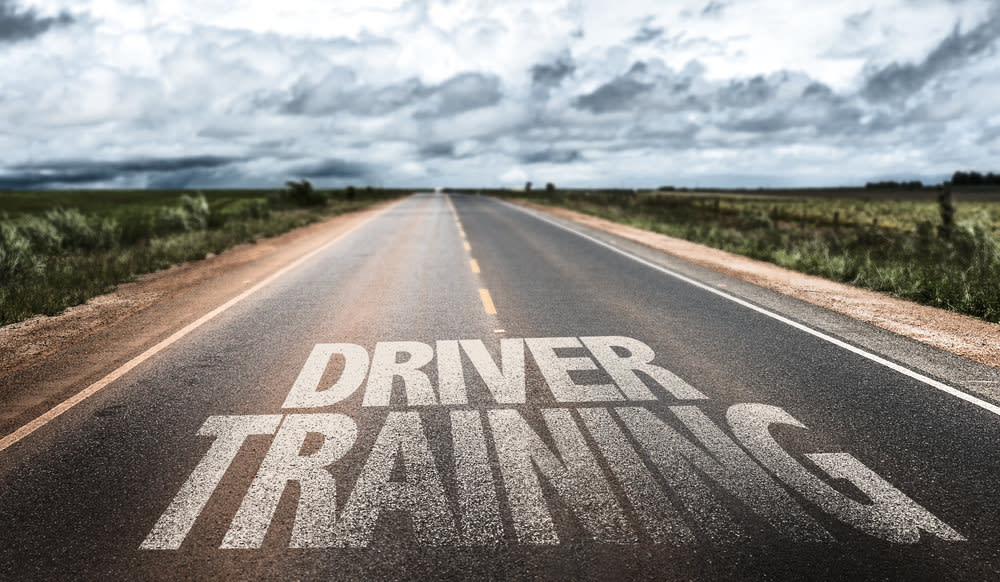

New drivers have to spend some serious time behind the wheel before they are ready to go out on their own and drive on busy roads. Situational awareness is tricky to maintain with so much happening around the vehicle, and knowing what to focus on and when is a skill that comes with experience. This is why new drivers need to learn how to recognize obstacles quickly and apply the brakes safely to avoid collisions.
Tips for new drivers
Learn how to brake using the Pivot Method in order to train your foot to stay near the brake pedal and to learn to brake smoothly.
Practice hard braking in a large, open, paved space. Slam down on the brake pedal and feel the antilock braking system (ABS) keep the wheels from locking up.
Drive on lower-speed curvy roads. Practice braking going into a corner before the car steers left or right. This is good practice in general but it is especially good for learning how to brake safely in slippery conditions.
Have an adult or instructor in the passenger seat yell out an imaginary obstacle that would be in front of the car when in a safe area. This will train the new driver’s reaction time.
Practice easing off of the brakes while accelerating forward when starting from a stop on an incline.
Keep focus on the road further away from the car in order to better predict when braking needs to take place. The longer the driver knows about the need to brake, the smoother it is when they do.



